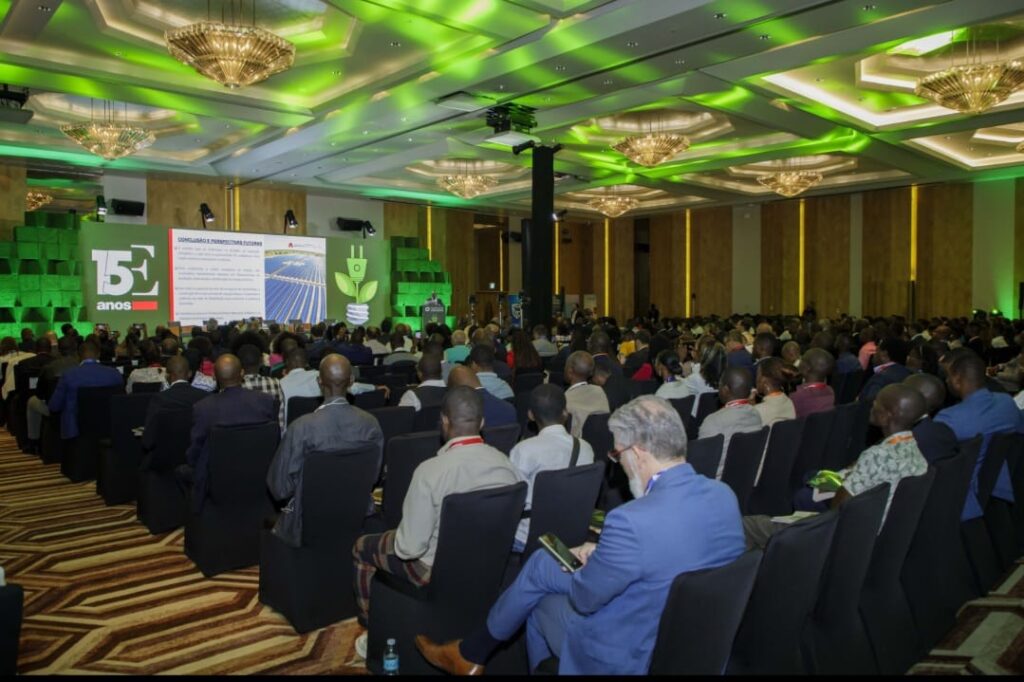Angola, like many other African countries, is grappling with significant challenges in its electrification efforts. With an existing electrification rate of 43.4%, the government has set an ambitious target to increase this to 50% by 2027.

This goal, highlighted by Angola’s National Director of Electric Energy, Mr. Diógenes Diogo, during the II Expansão Energy and Environment Forum held in Luanda, represents a crucial step towards sustainable development. The II Expansão Energy and Environment Forum, a significant event in the energy sector, brought together industry leaders, policymakers, and experts to discuss the future of Angola’s energy matrix. The forum provided a platform for exchanging ideas and exploring innovative solutions to the country’s electrification challenges. Key topics included the potential of renewable energy sources, infrastructure enhancement, and tailored regional strategies to ensure equitable development across all provinces.
Ossi Yeto Business Development Director Joao Silva, represented Ossi Yeto and the Mitrelli Group at the forum, and was interviewed by TPA, Angola’s international TV channel. Watch the interview here.
Achieving a 50% electrification rate by 2027 will require not only substantial investment but also a strategic focus on renewable energy sources. During the II Expansão Energy and Environment Forum, it was emphasized that Angola’s vast renewable energy potential, particularly in solar and hydroelectric power, provides a unique opportunity to accelerate electrification while promoting environmental sustainability. The differential in electrification rates across provinces (e.g., Luanda at over 50% vs. Cunene at 9.7%) underscores the need for tailored regional strategies to address these disparities effectively.

Strategic Recommendations for Angola’s Electrification:
- Invest in Renewable Energy: Capitalize on Angola’s renewable resources to enhance the sustainability and reach of electrification efforts.
- Enhance Infrastructure: Improve and expand the existing electrical distribution infrastructure to ensure reliable and efficient power delivery.
- Regional Focus: Develop specific strategies for provinces with low electrification rates to ensure equitable development across the country.
In conclusion, Angola’s electrification challenge presents a unique opportunity to leverage renewable energy resources and create a more sustainable and equitable energy future. By implementing strategic investments in renewable energy, enhancing electrical infrastructure, and addressing regional disparities, Angola can achieve its ambitious electrification goals and set a precedent for sustainable development across Africa.


